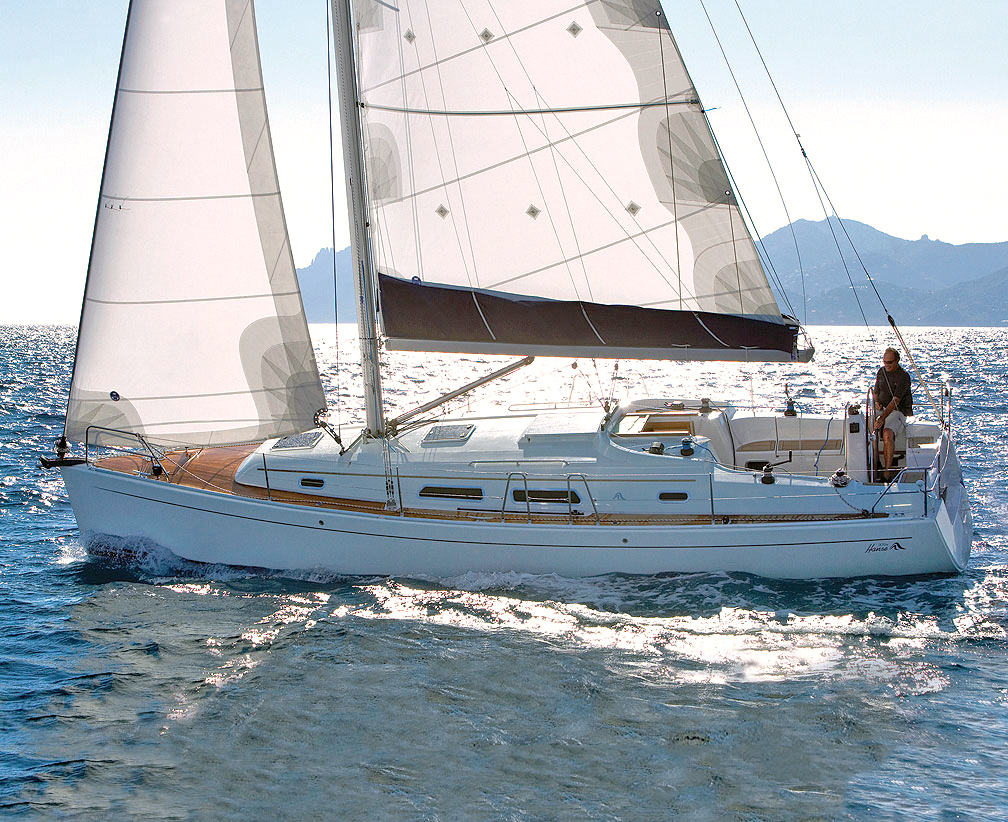People with sailboats use them in many ways, but broadly speaking we define them as either cruising or racing. The proper sails for each of these activities varies widely, but at the level most people engage in cruising and racing, we can simplify the differences between the sails required if we talk about performance, design, and materials.

Design Differences
One big difference we see between race and cruising sails is that, in an average race, the boats will be sailing against the wind up to 50 percent of the time. When cruising boats are sailing, by contrast, they rarely sail hard upwind; typically, when the wind is blowing from the direction that cruisers want to go, they will choose to go somewhere else, wait for the wind to change, or hoist the main to steady the boat and turn on the engine.
As a result, cruising sail shapes are often designed towards better performance when reaching, with sheets cracked off and sails twisted. Cruising sails are designed with slightly rounder shapes. The entry angles are similar, but the sail may be a little bit deeper and the aft section of the sail is rounder to allow for better shape as the sheet is eased.
In contrast, the crew of a race boat is usually trying to sheet the sails very hard, as close to the centerline as possible, so their sails are flatter, with more open leeches. Typically when a race boat begins to reach, the crew changes to different sails, such as jib tops or code sails, often with staysails, too.
Learn more at: https://www.spinsheet.com/north-sails-resources




